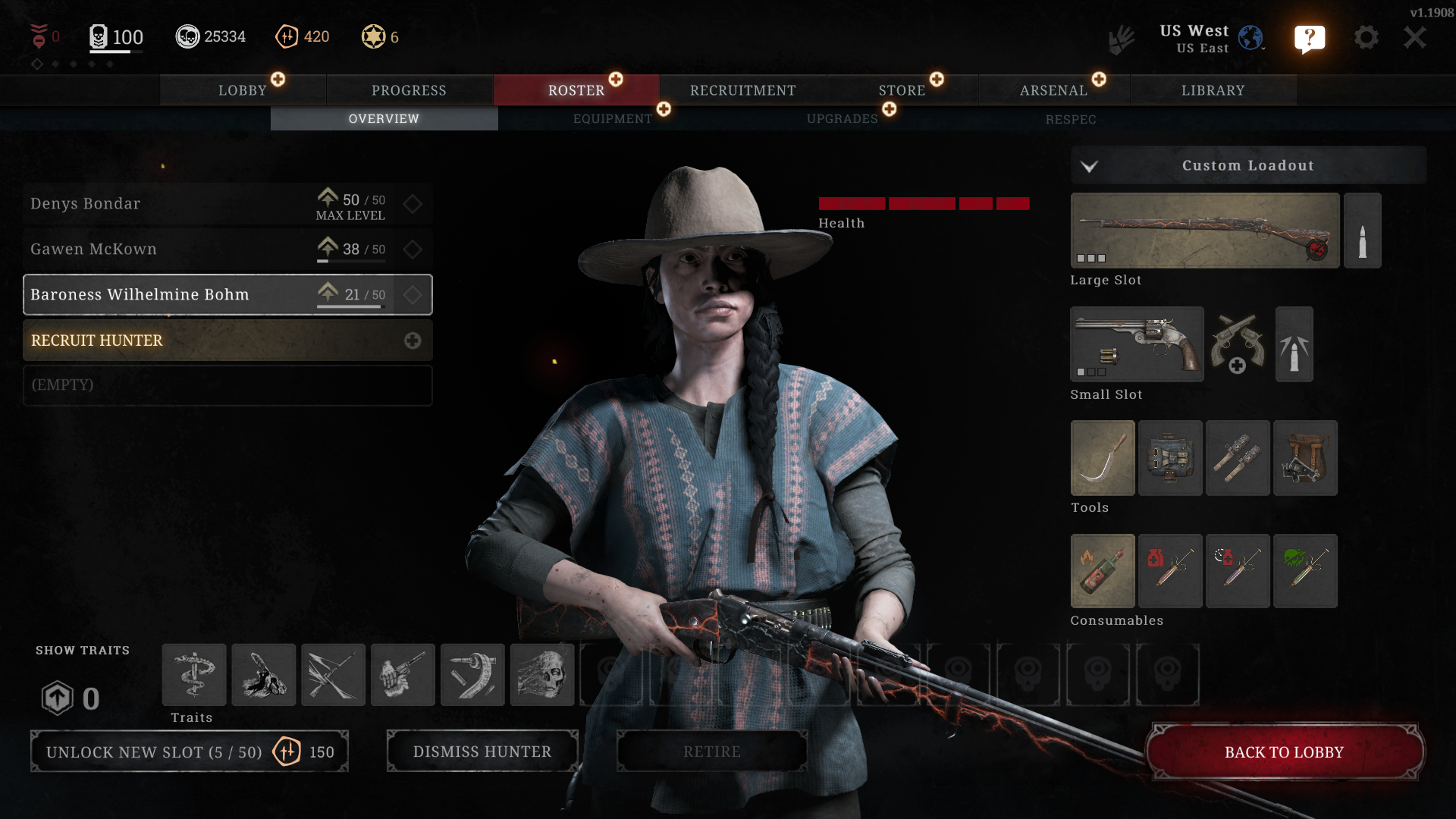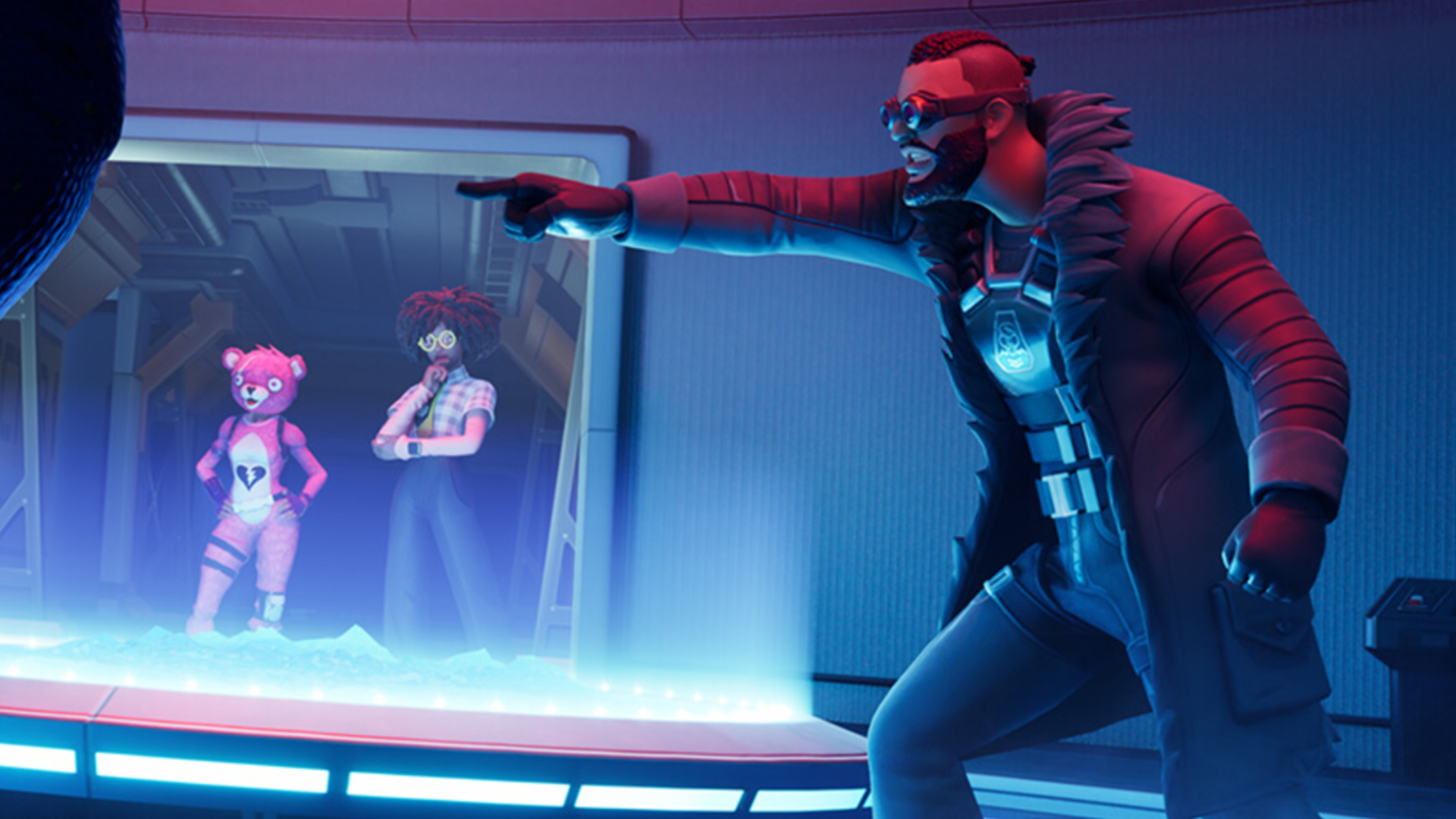The future of battle royale is here, and there’s no circle

Did you know that battle royale, in its modern form as a trendy FPS genre, turns five this year? That’s when PUBG came out and proved there was big money to be made. We’ve now spent half a decade dropping out of planes with 99 of our closest enemies, ripping each other to shreds as we fight over the last AK-47 in the room. That’s 1,800 days of getting shot in the back by a squad with better guns. Billions of chicken dinners served! For five years battle royale has been the default direction for multiplayer shooters to pivot. I’m ready for something new.
I’m having way less fun in battle royale games than I was in 2017. Rules that once felt so novel now feel random, there’s a lot of downtime spent hiding or doing boring busywork, and even good matches are too similar. It’s getting harder to overlook these gripes when better versions of battle royale are out there.
Someday soon, I think a lot of people will be looking for what comes after battle royale, an evolution of the format will replace or succeed what we have now, and I believe the blueprint for it already exists.
The problem with battle royale
It’s been fun to watch a new multiplayer format grow in real time, with incremental changes spreading from one game to the next. Fortnite tried out a smaller map with faster matches, PUBG followed. Apex introduced respawn beacons, Fortnite added a respawn bus. Call of Duty: Warzone let players earn their way back in the gulag, PUBG built a gulag on its Taego map.
Those are all good tweaks, but they don’t touch the basic rules of battle royale that feel outdated in 2022. Here’s a big one: The circle really sucks.
Turtling has become so common because players aren’t incentivized to actually play the game, just to survive.
The circle can single-handedly ruin a 40-minute match that’s going your way, and it makes that decision completely randomly. The circle doesn’t care if I’ve already fought tooth and nail for a tactical position on top of a hill or in a secure building. It doesn’t consider that the middle of an open field isn’t the most thrilling place to end a match or that the hilltop sniper on the north end of the circle has an absurd advantage over the players that happened to approach from the south.
In the early days of BR I thought the circle added tension to map navigation and forced me to make interesting choices. Coming from sandbox survival games like DayZ, the circle was a blunt but effective way to truncate hours of looting and running into shorter matches. In DayZ, it was possible to spend hours repairing a car only to be gunned down seconds after turning the key in the ignition. PUBG provided a more consistent dose of open world thrills while softening the blow of a loss by condensing the experience into 20-minute matches. I didn’t mind if the circle wasn’t on our side. At least it was fairer than DayZ.
Nowadays, I think the circle actually has the opposite effect. All a shrinking play area really does is force serious players to mitigate randomness with the safest, most boring strategies humanly possible.
I remember watching the 2019 Fortnite World Cup and laughing at how such a vibrant, animated children’s game could be reduced to a hundred teens standing still in brick fortresses, waiting and hoping the circle doesn’t force them to move. Competitors would sit idly by for the better part of an hour, taking potshots through little windows until the circle eventually shrank to a cylinder barely one person thick, at which point whoever had the high ground would usually shoot the other survivors in the face. Now that’s competitive game design.
To be fair to the circle, randomized zones aren’t the only reason battle royale is bland. Turtling has become so common because players aren’t incentivized to actually play the game, just to survive. Even if kills are worth a bunch of XP, players like to win, and winning means hunkering down when you don’t know where the next circle will take you. I was one of the many early PUBG players who got a kick out of hiding in a bush and waiting until I’d cracked the top 10. That was fun at first! It used to be novel to see 100 people connected to a server and know you’ve outlasted 90 of them.
At some point in my battle royaling career, though, I realized I was basically looting for 10 minutes, carefully wandering around for another 20 minutes, and then playing the good part of the game for about 5 minutes. Battle royale is ultimately a big deathmatch, but its current iteration has become a bit of a snore.
A better royale
That’s why I’ve been having so much with games like Hunt: Showdown, a cowboy FPS that is maybe the best blueprint that currently exists of “battle royale 2.0”. Hunt has all of my favorite parts of battle royale games, like expansive maps, varied gunfights, and multi-team clashes, and ditches the bits that make it too random or boring. Instead of punishing players for not going somewhere, battle royale’s successor rewards players who do go somewhere.
Crytek has refined the raid format into something that’s miles more dynamic and fun than battle royale.
Hunt: Showdown and Escape From Tarkov are part of a burgeoning genre that doesn’t really have a name yet. Developers call them “PvPvE shooters” because you fight players and AI enemies, but I like to call them “raid” games. The format sits somewhere between traditional battle royale and the genre that preceded it, sandbox survival games. A raid game is similar to battle royale, except there’s more than one win condition, depending on your personal goals. Tarkov and Hunt are two biggest games like it around, but there are also smaller ones like Scavengers and The Cycle.
Here’s how these games tend to work (at least so far):
- The maps are big, but players are brought together by shared objectives instead of shrinking circles
- Guns are purchased with in-game money and equipped before matchmaking
- The amount of loot on the map depends on the game, but the best way to get good stuff is to kill other players
- There are AI enemies that may drop loot as well, but they’re primarily there to put pressure on players
- Fights are encouraged, but your main goal is to extract with as much XP, money, or loot as you can carry
- All weapons, tools, or perks are lost when a character dies
- Players can leave the match any time at designated extraction points
- Maximum match length is 45-60 minutes
One of the biggest changes from battle royale is immediately obvious: You get to start with whatever gun you want or can afford. I really love this rule, not only because dying before I can pick up a crappy pistol in Apex grinds my gears, but because you get to enter a match with a specific plan or playstyle in mind. It might be a shotguns kind of night in Hunt, or the night my friends and I fill our inventory slots with tripwire bombs and turn one building into a deathtrap.
Players have a chance of spawning near you, but you’re more likely to have five or ten opening minutes of peace before a player appears. From the jump you can explore any compound in any order. Every compound has a collectible clue that slowly reveals the location of the boss monsters on the map. Boss monsters are the toughest AI enemies in the game, but killing them drops bounty tokens worth a lot of money and XP. And since all 12 hunters on the map are fighting over dibs on the boss bounties, finding a bounty token is a lot easier than keeping it.

A loadout I recently made with stuff I’d mostly looted from other players. (Image credit: Crytek)
There are a lot of reasons to love Hunt: Showdown, such as its tremendous gun variety and surprisingly balanced meta, but maybe most impressive is how Crytek has refined the raid format into something that’s miles more dynamic and fun than battle royale. Boss bounties are the perfect incentive for players to slowly find their way to each other without being forcefully nudged by a wall of noxious gas. Hunt also solves battle royale’s incentive problem. Sitting still for an hour will definitely secure your spot in the top five, but you’ll get none of the glory without fighting bosses or players at some point.
Equally fun is the freedom not to do anything you’re unprepared for. The entire lobby is alerted when a boss is killed, but I might be busy hunting the other mystery boss or engaged in some unrelated fight 200 meters away. You can choose to pick a fight or watch the action unfold from the safety of a bush. Low on health from an earlier fight and don’t think you’re up for a boss battle? Just extract with the stuff you have and jump into a new match.
To address the elephant in the room, Hunt’s 12-player lobbies are a lot smaller than Apex’s 60, PUBG’s 100, and Warzone’s 150. There’s no reason a raid game can’t support similarly huge lobbies, but Hunt has convinced me that you don’t need dozens of players to have the same thrills as battle royale in its 1km x 1km maps. Possibly because of their smaller size, Crytek is able to craft the best, most-detailed sandbox maps in the biz.

Some of the best fun you can have in Fortnite has nothing to do with battle royale. (Image credit: Epic)Out the door
There are already signs that battle royale as we know it is going to evolve or fall in popularity. Boot up Fortnite in 2022 and you’ll find a home screen full of non-battle royale things to do. Depending on the week, you can go to a concert, play an Among Us ripoff, or lose hours to a surprisingly good rendition of Prop Hunt. Epic has added so many challenges and side objectives that even Fortnite’s BR mode plays more like a scavenger hunt that happens to have a circle.
Meanwhile, Apex Legends just shipped its version of team deathmatch—its second non-battle royale mode. Warzone also tries out twists on battle royale, but is nonetheless in the middle of a slump after its new map turned out to be more of the same. Infinity Ward is apparently hard at work on a ground-up sequel to Warzone that promises a “massive evolution of battle royale” and a sandbox mode. That can mean a lot of things, but an evolution of BR with the freedom of a sandbox already sounds a bit like Hunt and Tarkov.
The crossroads that the battle royale genre has arrived at reminds me of where survival games were in 2015. Before there was H1Z1 King of the Kill or PUBG, most people got their sandbox PvP kicks in DayZ or Rust. Some of the first battle royale mods were spin-offs of DayZ, just like DayZ was itself a spinoff of Arma. Innovative multiplayer games have a habit of inspiring other innovative multiplayer games, especially on the PC. The games that came before the newest thing don’t have to die, either—if “raid” games, or whatever name catches on, do become the next hot game trend, good ol’ circle-based battle royale will still have its fans. Having seen the light of Hunt and tasted its sweet victories, though, I don’t know if I’ll ever go back.

